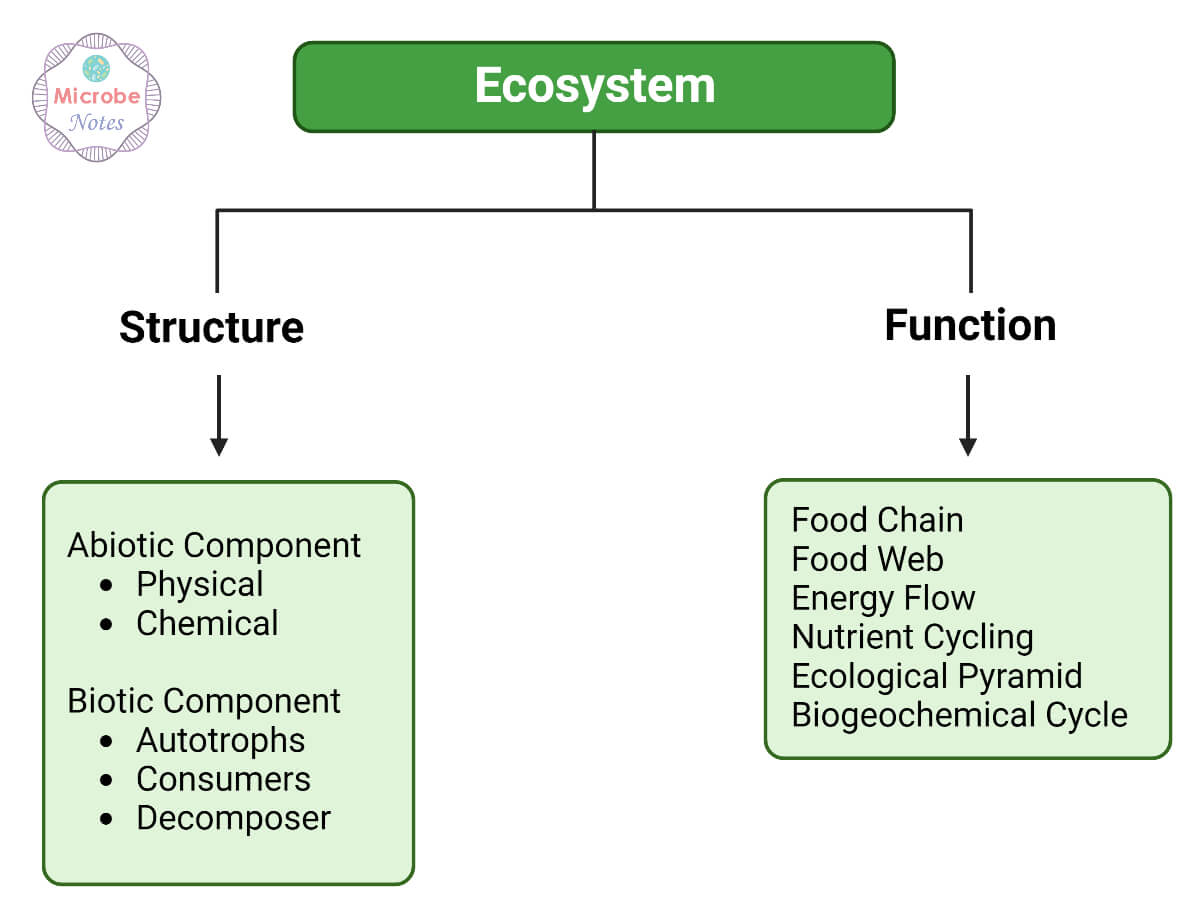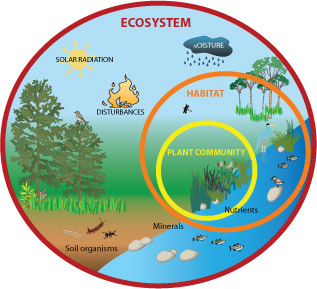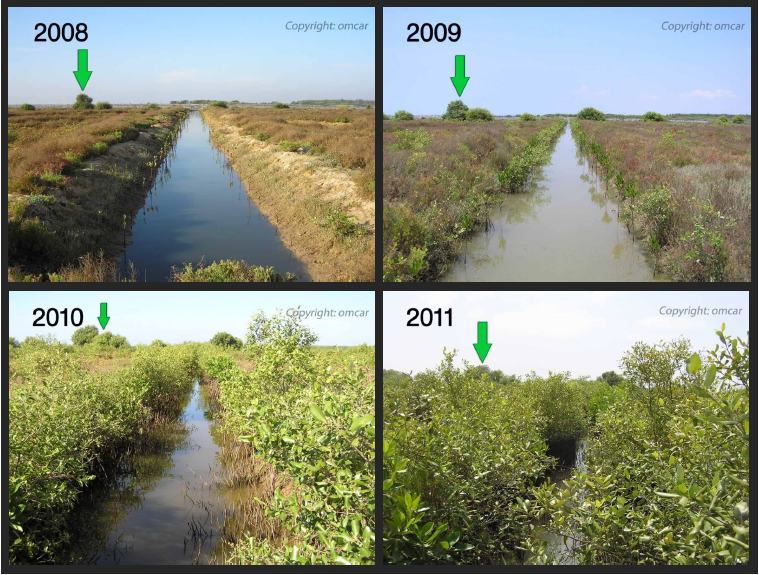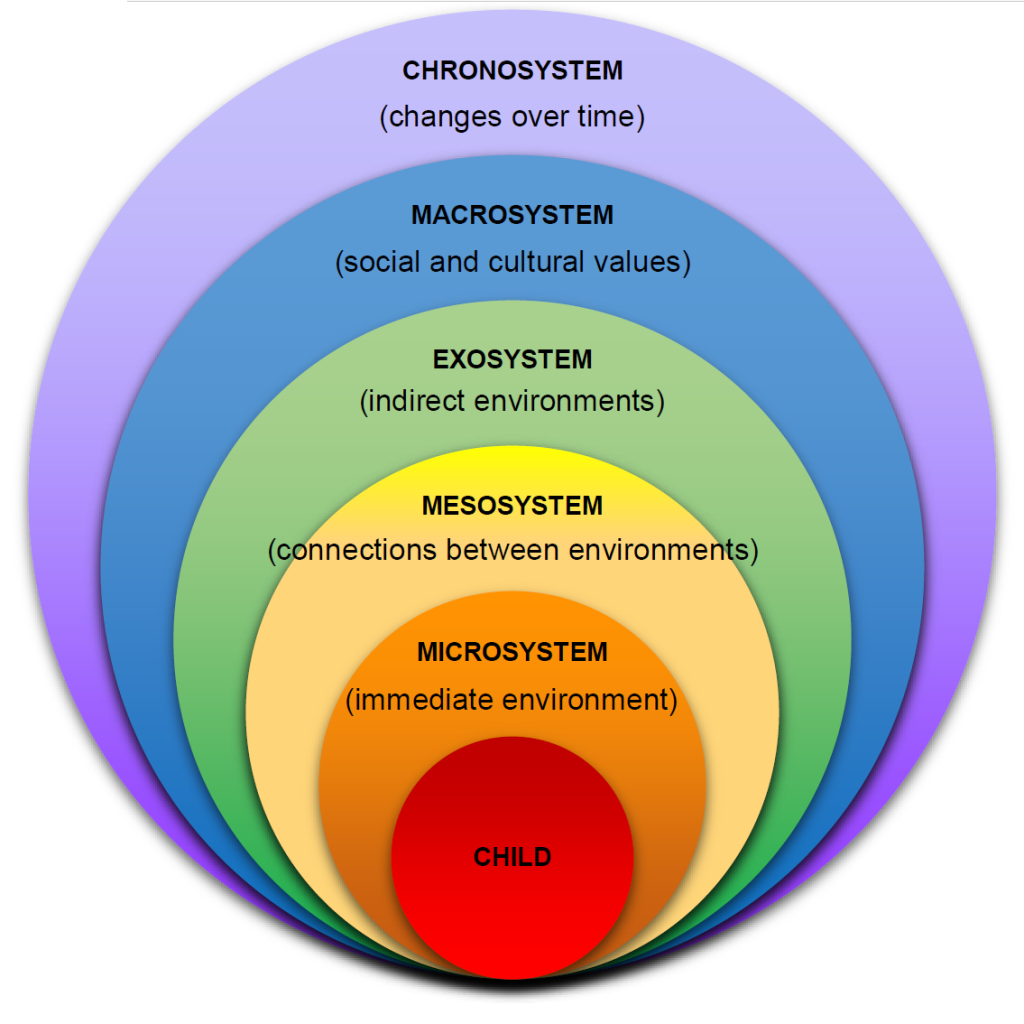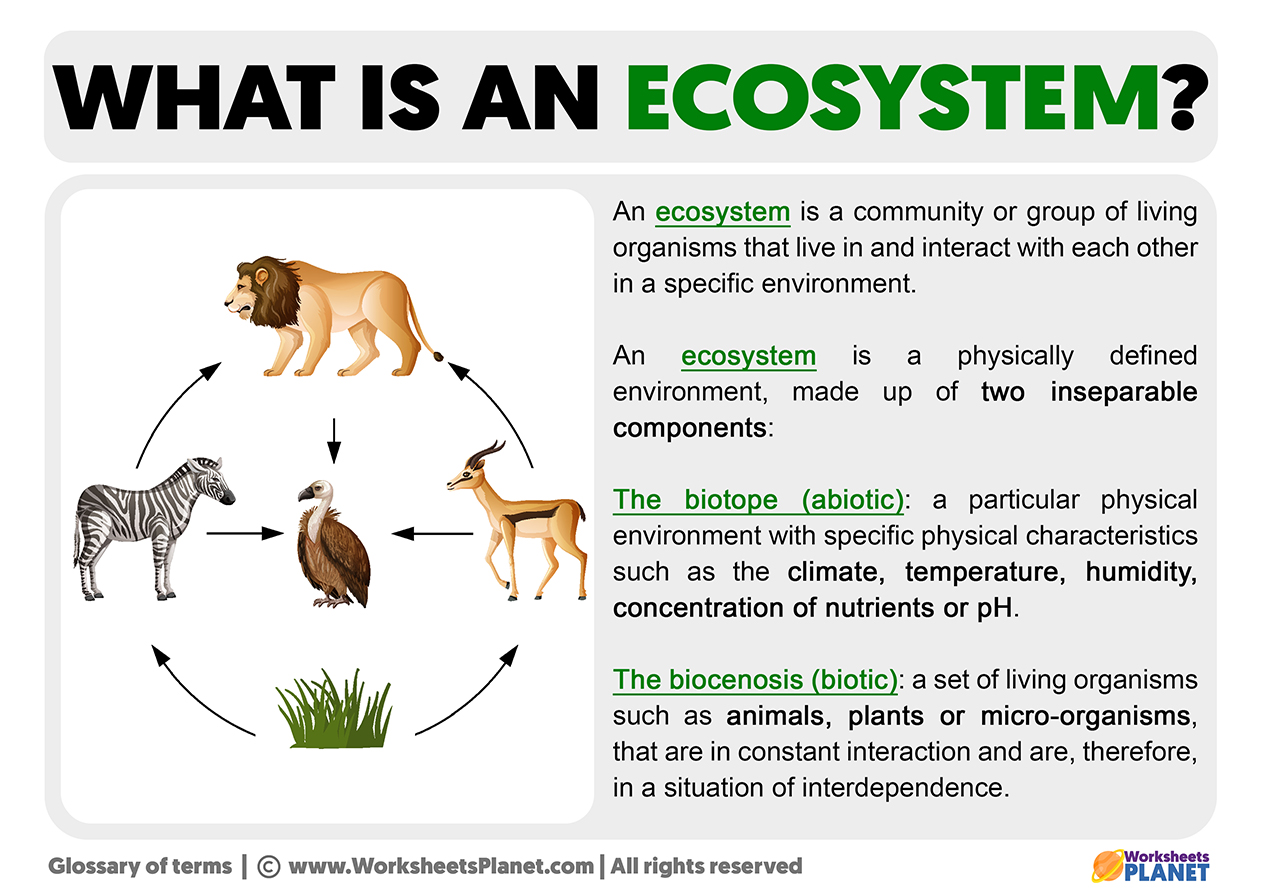Topic define desert ecosystem: Explore the vast beauty and intricate balance of desert ecosystems, where life thrives against the backdrop of Earth"s most extreme environments.
Table of Content
- What are the main types of deserts and their characteristics within a desert ecosystem?
- What is a Desert Ecosystem?
- Types of Deserts
- Climate and Physical Features
- Flora and Fauna Adaptations
- Water Conservation Strategies
- Desertification and Human Impact
- YOUTUBE: Desert Ecosystem Environmental Studies
- Conservation and Sustainable Practices
- Role in Global Biodiversity
What are the main types of deserts and their characteristics within a desert ecosystem?
In a desert ecosystem, there are several main types of deserts, each with its own unique characteristics:
- Hot and Dry Deserts: Characterized by high temperatures during the day and cooler temperatures at night. These deserts receive minimal rainfall and are home to plants and animals adapted to extreme dryness.
- Cold Deserts: These deserts have cold winters and may receive snowfall. The vegetation in cold deserts is adapted to survive the harsh winter conditions.
- Coastal Deserts: Found along coastlines, these deserts have moderate temperatures due to the proximity of the ocean. They receive some fog and dew as sources of moisture.
- Semi-arid Deserts: Also known as \"steppe\" climates, these deserts receive slightly more rainfall compared to other desert types. They have sparse vegetation and can experience temperature extremes.
- Polar Deserts: Located in polar regions, these deserts have extremely cold temperatures and very little precipitation. The vegetation in polar deserts is limited to hardy mosses and lichens.
- Subtropical Deserts: Found near the Tropics of Cancer and Capricorn, these deserts are extremely hot and dry. They have limited vegetation and support specialized plant and animal species adapted to the heat.
READ MORE:
What is a Desert Ecosystem?
A desert ecosystem is characterized by minimal rainfall, extreme temperatures, and sparse vegetation, creating a unique environment where only the most resilient species thrive. It"s a biome where water scarcity shapes every aspect of life, from the adaptations of plants and animals to the physical landscape itself.
- Low Precipitation: Deserts typically receive less than 25 centimeters (10 inches) of rain annually, making water a scarce resource.
- Extreme Temperatures: Deserts can experience extreme heat during the day and significantly cooler temperatures at night.
- Adapted Flora and Fauna: Plant and animal life in deserts have evolved unique adaptations to survive the harsh conditions, such as water conservation in cacti and nocturnal lifestyles in many animals.
- Diverse Landscapes: While often portrayed as vast sandy expanses, deserts can also feature rocky plateaus, salt flats, and dune systems.
Despite the challenging conditions, deserts are ecosystems teeming with life, each organism playing a critical role in the delicate balance of this extreme environment.
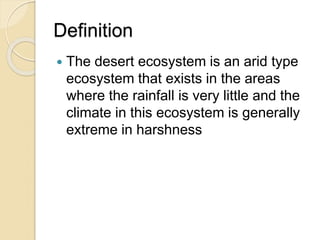
Types of Deserts
Deserts are categorized based on their geographical features, climate conditions, and the amount of precipitation they receive. Understanding these types helps in appreciating the diversity and adaptability of life in these arid landscapes.
- Hot and Dry Deserts: Also known as subtropical deserts, these are characterized by extremely hot days and cold nights. They have sparse vegetation and a wide variety of specialized fauna.
- Semiarid Deserts: These deserts have slightly more precipitation than their hot and dry counterparts, leading to more vegetation. They experience long, hot summers and cool winters.
- Coastal Deserts: Found along coastal regions, these deserts have moderately warm to cool temperatures and higher levels of humidity and fog, which contribute to a unique ecosystem.
- Cold Deserts: Located in temperate zones, cold deserts have cold winters with snowfall and warmer summers. They have more precipitation than other types of deserts, which supports a different mix of plant and animal life.
Each type of desert supports a unique ecosystem adapted to its specific environmental conditions, showcasing the resilience and diversity of life on Earth.
Climate and Physical Features
Desert ecosystems are defined by their extreme climates and distinctive physical landscapes, which significantly influence the types of life that can thrive in these environments.
- Climate: Deserts are known for their low precipitation, less than 250 mm per year, and can include extreme temperature variations between day and night. Some deserts can reach temperatures above 50°C (122°F) during the day and drop near freezing at night.
- Soil Types: Desert soils can vary from sandy and rocky to saline and alkaline, each supporting different types of vegetation and wildlife.
- Physical Features: Deserts can feature vast sand dunes, rocky plateaus, salt flats, and canyons. These features are often shaped by wind and water erosion over thousands of years.
- Water Sources: Oases and ephemeral streams (wadis) can occur, providing vital water sources for plants and animals.
This harsh climate and the physical features of deserts require organisms to have specialized adaptations to survive, making deserts unique ecosystems with a surprising diversity of life.

Flora and Fauna Adaptations
The harsh conditions of desert ecosystems have led to remarkable adaptations in both plant and animal life, allowing them to not only survive but thrive in these environments.
- Plant Adaptations: Many desert plants, such as cacti, have thick, fleshy tissues for water storage, while others have deep root systems to tap into underground water. Some plants have small or no leaves to reduce water loss.
- Animal Adaptations: Desert animals have evolved various strategies to cope with extreme heat and water scarcity. Many are nocturnal, becoming active at night when temperatures are cooler. Others, like the camel, can go for long periods without water.
- Behavioral Adaptations: Some desert creatures, such as the kangaroo rat in North American deserts, seldom drink water; they obtain moisture from their food. Burrowing underground during the hottest parts of the day is another common adaptation.
- Physiological Adaptations: Animals like the fennec fox have large ears that dissipate heat, while reptiles regulate their body temperature through behavioral changes, such as basking in the sun or seeking shade.
These adaptations underscore the resilience and complexity of life in desert ecosystems, showcasing nature"s ingenuity in the face of adversity.
Water Conservation Strategies
In desert ecosystems, water is the most precious resource, and both plants and animals have evolved sophisticated strategies to maximize its conservation and use.
- Plant Strategies: Desert plants such as cacti have thick, waxy skins to reduce water loss, deep root systems to access groundwater, and the ability to close their stomata (pores) during the hottest parts of the day.
- Animal Strategies: Many desert animals reduce water loss by being nocturnal, excreting concentrated urine, and through behavioral adaptations like seeking shade or living underground during the heat of the day.
- Human Strategies: Indigenous and local communities have long used traditional knowledge to live sustainably in deserts, such as collecting dew, constructing underground aqueducts (qanats), and using water-efficient agricultural practices.
- Modern Techniques: Techniques such as drip irrigation and the use of drought-resistant crop varieties are modern strategies to conserve water in desert agriculture.
These strategies highlight the ingenuity required to survive in one of Earth"s most challenging environments, underscoring the importance of water conservation in desert ecosystems.

Desertification and Human Impact
Desertification and human activities have a profound impact on desert ecosystems, affecting their health, biodiversity, and the livelihoods of people living in and around these areas.
- Desertification: This process, driven by factors such as climate change, deforestation, unsustainable land use, and overgrazing, transforms fertile land into desert, degrading the soil and reducing its productivity.
- Water Usage: Excessive water extraction for agriculture, mining, and urban development can deplete underground aquifers, reducing the availability of water for native plants and animals.
- Land Development: The expansion of urban areas and infrastructure into desert regions disrupts habitats, limits the space available for native species, and alters natural processes.
- Pollution: Industrial activities and improper waste disposal can introduce pollutants into desert ecosystems, affecting both terrestrial and aquatic life.
- Climate Change: Increased temperatures and altered precipitation patterns can further stress desert environments, challenging the survival of endemic species.
Understanding and mitigating the human impact on deserts is crucial for preserving these unique ecosystems and ensuring their sustainability for future generations.
Desert Ecosystem Environmental Studies
Explore the fascinating world of the Desert Ecosystem, a unique and arid environment filled with resilient plant and animal species that have adapted to survive in harsh conditions. Watch the video to witness the beauty and diversity of this remarkable ecosystem.
What is Desert Ecosystem Cold Hot Causes of Formation Flora Fauna
Curious about how Desert Ecosystems are formed? Watch this captivating video to learn about the intricate processes and factors that contribute to the development of these biodiverse and awe-inspiring environments. Gain a deeper understanding of the formation of desert ecosystems and the importance of their conservation.
Conservation and Sustainable Practices
Conservation and sustainable practices are crucial for maintaining the delicate balance of desert ecosystems and ensuring their resilience against environmental challenges.
- Protected Areas: Establishing national parks and protected reserves helps conserve the natural landscapes and biodiversity of deserts.
- Restoration Projects: Efforts to restore degraded desert areas, such as reforestation and soil stabilization, help to rehabilitate ecosystems and promote biodiversity.
- Sustainable Resource Use: Implementing sustainable practices in agriculture, mining, and tourism can reduce the environmental footprint and preserve resources for future generations.
- Community Involvement: Engaging local communities in conservation efforts ensures the protection of deserts by those who understand them best and rely on them for their livelihoods.
- Research and Education: Ongoing research and public education on the importance of deserts and their ecosystems can foster a culture of conservation and respect for these unique environments.
- Climate Change Mitigation: Addressing the broader issue of climate change is vital for the long-term preservation of desert ecosystems, requiring global efforts to reduce greenhouse gas emissions and promote renewable energy.
By adopting these practices, we can ensure the conservation of desert ecosystems, safeguarding their unique beauty and ecological value for future generations.
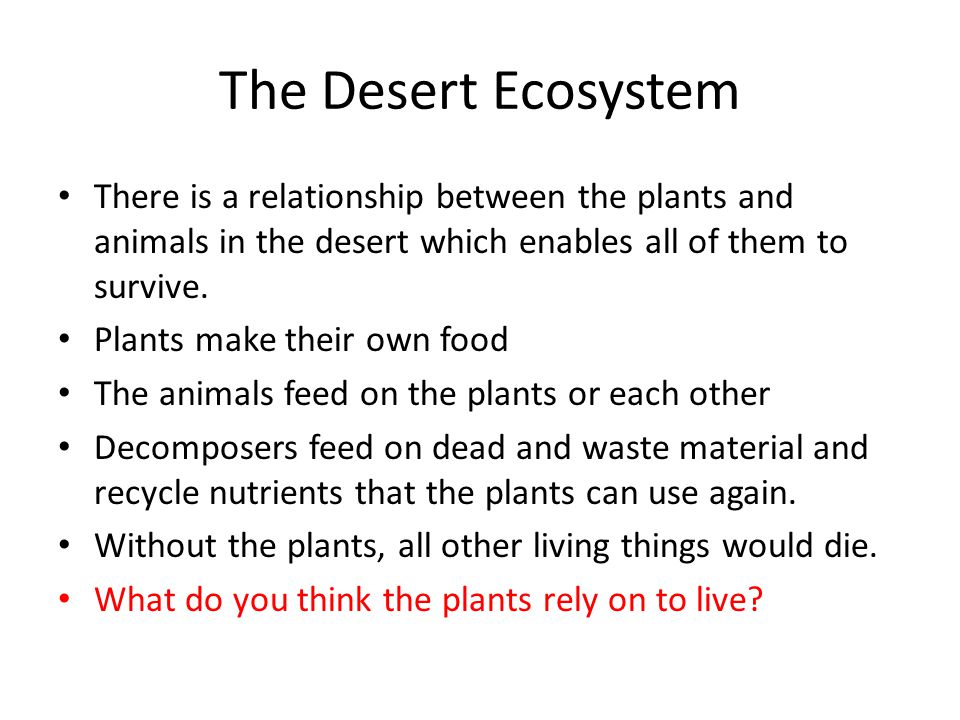
Role in Global Biodiversity
Desert ecosystems play a pivotal role in global biodiversity, housing unique species and communities that are not found anywhere else on the planet.
- Unique Species: Deserts are home to a wide range of specially adapted plants and animals, many of which are endemic to these habitats and contribute to the planet"s biodiversity.
- Genetic Reservoirs: The extreme conditions of deserts have led to the development of unique genetic traits in both flora and fauna, which can be crucial for scientific research and biotechnology.
- Ecosystem Services: Deserts provide vital ecosystem services such as carbon sequestration, soil formation, and the maintenance of air quality, contributing to global ecological balance.
- Cultural Diversity: Desert regions are rich in cultural diversity, with indigenous communities that have adapted to these harsh environments and whose traditional knowledge is invaluable for sustainable living and conservation.
Protecting desert ecosystems is essential for maintaining global biodiversity, offering lessons in resilience, adaptation, and the interconnectedness of all life on Earth.
Exploring desert ecosystems reveals the remarkable resilience of life and the critical importance of conserving these unique habitats for future generations and global biodiversity.


